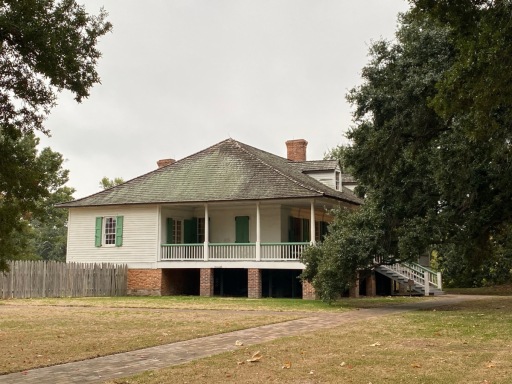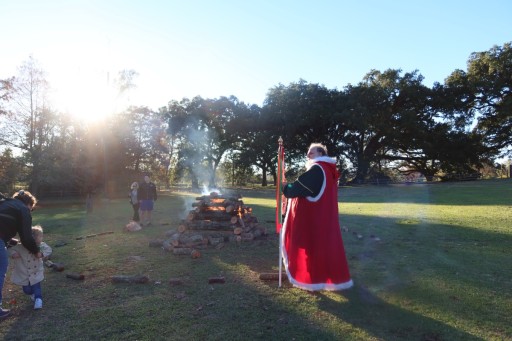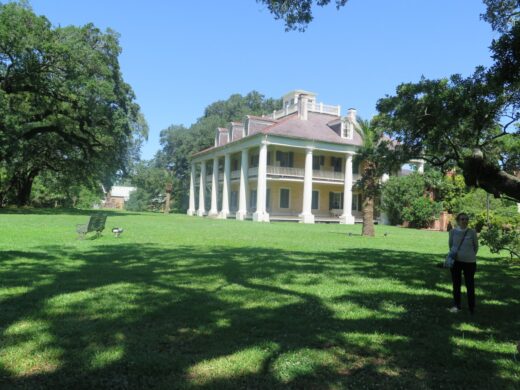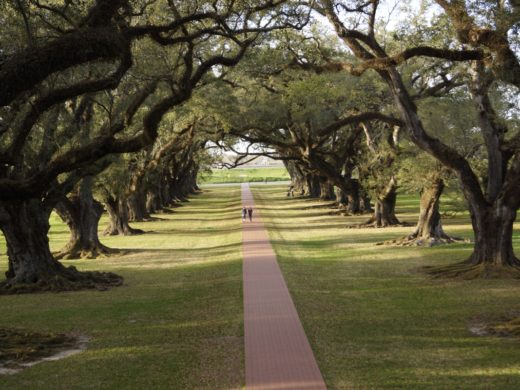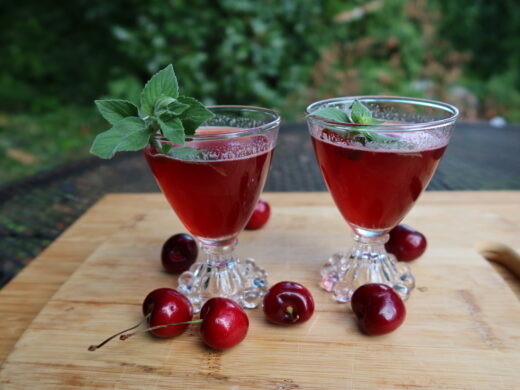Magnolia Mound Plantation in Louisiana
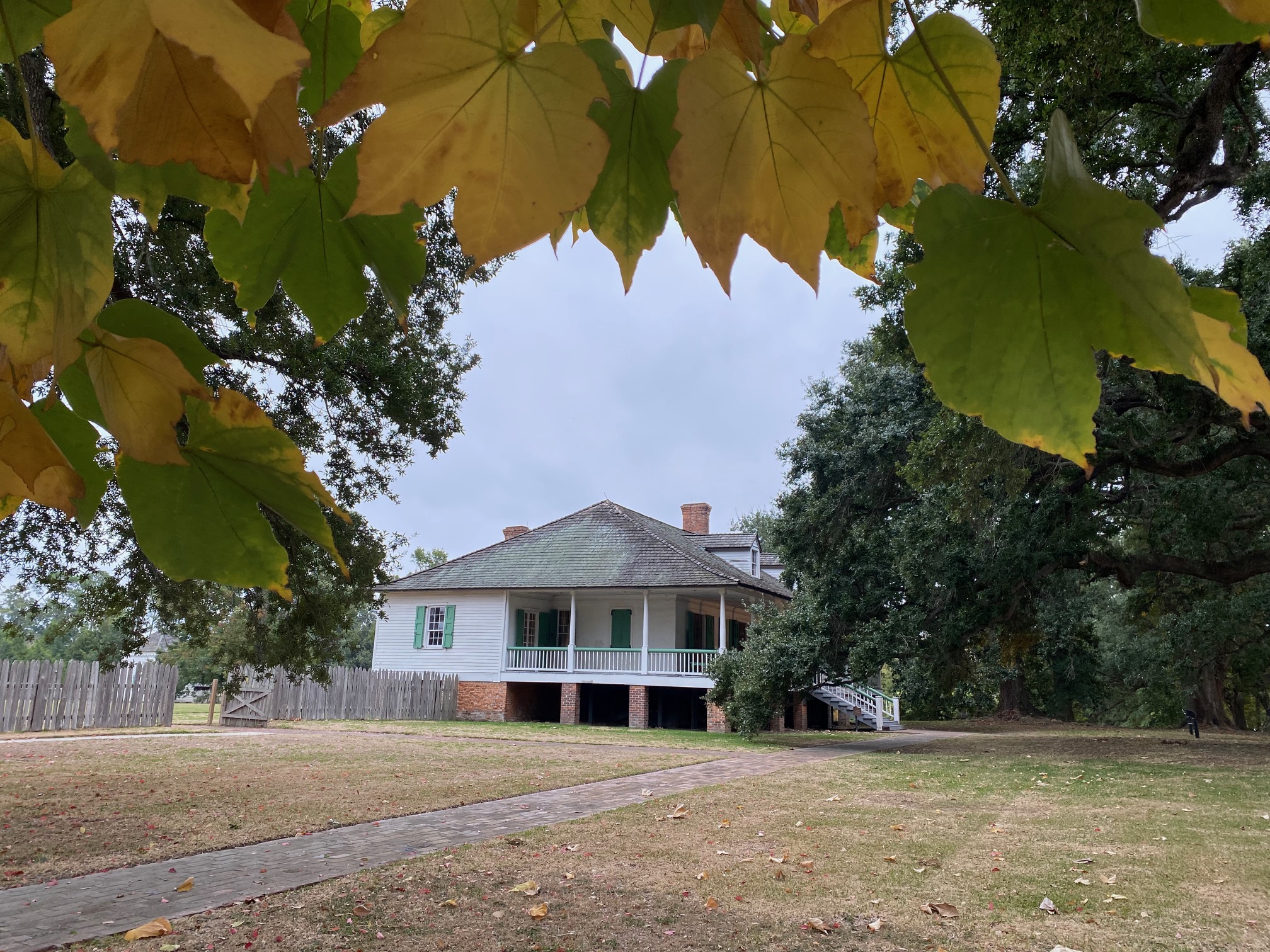
Magnolia Mound Plantation is an old, old plantation within the city limits of in Baton Rouge. It has a facinatimg history and portrays life of the early years of our country. The original cottage of this French Creole house was built circa 1791 and is one of the oldest buildings in Baton Rouge. This year, our Lagniappe Dulcimer Society group was asked to give a musical performance and to participate in the Creole Christmas Celebration at the Magnolia Mound Antebellum Plantation. The goal of the Creole Christmas Celebration was to re-enact a garden party as it might have existed at the antebellum home in the early 1800’s. That gave me a chance to research the history of this plantation home and also to locate Christmas music which might have been performed at this time in Louisiana. I discovered found that Christmas was celebrated very differently during the 1700’s and early 1800’s in colonial American — both Louisiana and the Eastern states. Christmas in Louisiana was a primarily family celebration, although it seems that there was plenty of dancing. singing and food.
Here’s the front entrance to the antebellum home. This plantation home doesn’t have the massive front columns and two-stories which a person associates with classic Southern antebellum homes. Rather, it is a simple home built on an elevated second floor. That kept the house from flooding and also helped with wind circulation and cooling in the summer. The original owners lived in Mobile, Alabama, and used this home as a “summer” home. But still, it was a notable home.
The area south of Baton Rouge was settled by French and Spanish. In addition, Germans, Irish and Italians settled in the city of New Orleans and surrounding area. The parishes north of Baton Rouge included English, Irish and Scottish settlers. For our performance of Christmas carols, I included songs from these countries since there were not any Christmas songs specific to Louisiana during this time period. In fact, there weren’t many “American” Christmas carols at all in the late 1700s and early 1800s. The plantation owner, Armand Duplantier, who was a Frenchman, and his Irish wife may have heard some of these carols growing up in France and Great Britian.
The 900-acre plantation fronted along the Mississippi River on a natural rise in the landscape. Originally, indigo was the main crop. The Duplantiers primarily grew sugar cane, cotton and tobacco.
Huge live oak trees which were planted in front of the home still remain. This view looks southwards towards the LSU campus and Mississippi River.
Early Magnolia Mound Plantation
The first owner of Magnolia Mound was James Hillin, an early Scots settler who arrived in 1786. He sold the land to an Irish immingrant, John Joyce. In 1798, John Joyce, who was a merchant and builder, drown during a business venture on the Gulf coast. His Irish widow, Constance Rochon, married Armand Duplantier in 1802. Duplantier was a native Frenchman and wealthy aristrocrat who grew up in France. He served in the French military and then became the personal assistant to Marquis de Lafayette. He served with Lafayette during the American Revolution.
After the Revolutionary war, Duplantier settled in the Louisiana territory and he owned a large sugar cane plantation in what is now Pointe Coupée Parish. After marrying Constance, the family settled at Magnolia Mound. The couple expanded the original small cottage to accomodate their blended large family which included at least nine children. They added and updated the main rooms in the fashionable Federal style. Elaborate European furniture was purchased. It arrived at the port of New Orleans and was brought up the Mississippi River. The home was finely decorated. The Duplantier family owned the plantation from 1802 to 1830. It was a fine Louisiana plantation.
The Duplantier’s luck and wealth turned in an unfortunate way, and they had to sell off much of their property. Duplantier died in 1827. Over the years, the plantation changed hands several times. Duplantier descendants owned the plantation until 1849. In the 1960’s the house came into disrepair and was taken over by the City of Baton Rouge. Now, the plantation and land is managed by the Parks and Recreation Agency. They have restored the home to its original glory and have invested in fine furniture, wallpaper, draperies and china of the period. Here is a bedroom.
Here is a view of the back of the home.
Other buildings
Several other buildings on the property have been restored and/or added. This small square building is called a Pigeonnier, or pigeon house. It was used to house young pigeons, called squabs, which were used as food. It is a rare original building, c 1825, and was donated by the Barthel family and moved from their family property in Sunshine, Louisiana, to Magnolia Mound in 1982. It is listed on the National Register of Historic Places. A Pigeonnier was a common sight on French-Creole plantations. Pigeonniers were status symbols because they served to emphasize the wealth and importance of the plantation owner.
Volunteers at Magnolia Mound maintain the home and give demonstrations such as cooking, weaving, blacksmith, etc. The kitchens on Louisiana plantations were always housed in separate buildings from the main house. The original kitchen had not survived when the city of Baton Rouge assumed ownership of the property in the 1960’s. In 1977 an archaeological dig was done to determine the exact site of the original kitchen. A reproduction of the kitchen was built along the lines af an 1830’s working plantation kitchen.
Here is the building from another angle.
The kitchen has a large fireplace and hearth where volunteers demonstrate cooking over an open fire.
Here are kumquats –grown on the gardens — preserved in brandy. A kumquat is a citrus fruit which grows on small trees. It is more cold-hardy than other citrus varieties.
Outside the kitchen, a volunteer demonstrated the process which he uses to make Tabasco Pepper Sauce. The peppers are turned into a “mash.”. Then salt and vinegar is added and the mixture ferments for up two two years.
The volunteers maintain a large garden.
The cabbages and cauliflower were huge.
Here’s a butterfly plant also known as a milkweed plant. Apparently, this is the only plant which Monarch butterflies use to lay their ther eggs.
This is a slave cabin c. 1830. It is divided in the center making two living quarters for two families. This rare early cabin was originally located at Cherie Quarters at Riverlake Plantation in Pointe Coupée Parish.
And another view of the slave cabin.
Behind the plantation is the overseer’s home. It is original to the plantation and was built c. 1871. This served as the home for the man who was responsible for the success or failure of the plantation’s farm and crops. The house is hiding behind this interesting Magnolia tree.
Creole Christmas Fair
It was a beautiful Sunday afternoon — a bit chilly but perfect for the outdoor Christmas fair. There were plenty of vendors and demonstrations such as early colonial dance demonstrations.. Several groups sang — including our group. Here’s an Irish music group giving a performance.
One highlight of the afteroon were carriage rides. A beautiful matched pair of horses led the carriage.
Everyone enjoyed the rides.
Papa Noel
Papa Noel made an appearance at the event — leading a group of carolers to the traditional Louisiana bonfire. These bonefires are lit along the levee and help lead “Papa Noel” to see his way.
Here is Papa Noel.
Here is the Magnolia Plantation. It seems quiet today; but with nine children living in the home in the early 1800s; I am guessing that it was a busy home
Christmas Carol Performance List
For our performance, I selected traditional carols which originated in the countries of France, England and Germany, some dating back to medieval times. The carols are not as common as the ones which we are used to hearing in this day and age, but they are quite beautiful. We included French tunes such as “Bring a Torch, Jeanette, Isabella,” “The Friendly Beasts,” “Il est Né le Divin Enfant,” “Noël Nouvelet” and “Patapan.” I love the English carol, Gloucestershire Wassail, and it made the list even though this area of Louisiana definately wasn’t English. It was hard to narrow the music choices.
I wanted to include African-American spirituals related to Christmas and discovered that there probably were none as the slaves on these Louisiana plantations did not celebrate Christmas at all in these very, very early colonial years. I did, however, find a beautiful African-American spiritual related to Christmas which dates to the late 1800’s, “Rise Up, Shepherd, and Follow.”
Christmas in Early Louisiana
In colonial America, Christmas was celebrated quite differently than today. Due to the influence of early Puritan settlers and other Protestant reformers, Christmas celebrations were frowned upon, especially due to the reputation of English secular drinking and rowdiness on Christmas Day. The southern states (Louisiana, Alabama, Arkansas) were the first to delcare Christmas Day as a state holiday in the early 1830’s. (The northern states added this day as a holiday later.) Christmas in those early times was mainly a family celebration, as well as parties, dancing and singing. In Creole Catholic Louisiana, the family attended Midnight Mass on Christmas Eve followed by a meal of seafood gumbo. Then the family probably partied the rest of the night and held an elaborate banquet meal called, “The RÉVEILLON,” which was served towards dawn.
The la crèche, originating in 12th century France, is an important part of French homes. There were also liturgical dramas, (a type of play acted within or near the church and relating stories from the Bible and of the saints). The scenes of the manger were re-enacted, in this case, in the cathedrals and the priests used these “mystery pagents” as a way to coax parishioners to church. Many of the early French carols relating to Christmas tell the story of the nativity and the birth of Christ. (Priests were allowed to dance if they kept both feet on the ground.)
In the mid-1800s, slaves were eventually given the day off from work around the time when Christmas Day became a holiday. This date coincided to the break from the fall harvest to the new spring planting season, so the holiday was a welcome respite from the heavy work. Often the holiday was extended until New Years Day. Slaves were allowed to travel to nearby plantations to visit family and friends. They were allowed to marry. The plantation owner might prepare a more elaborate meal, including fresh meat, for the slaves with small presents of candy for the children. And there was also dancing, singing and drinking.
In closing, we enjoyed our afternoon performances and visit to Magnolia Mound Plantation in early December. It was a cool, crisp sunny day. Perfect for an outdoor Christmas festival. And I enjoyed researching the history of this interesting plantation — now surrounded by the city Baton Rouge.
Be sure to check out the Magnolia Mound – Louisiana – Dec 2023 gallery for this post as the galleries usually contain pictures not in the post.
